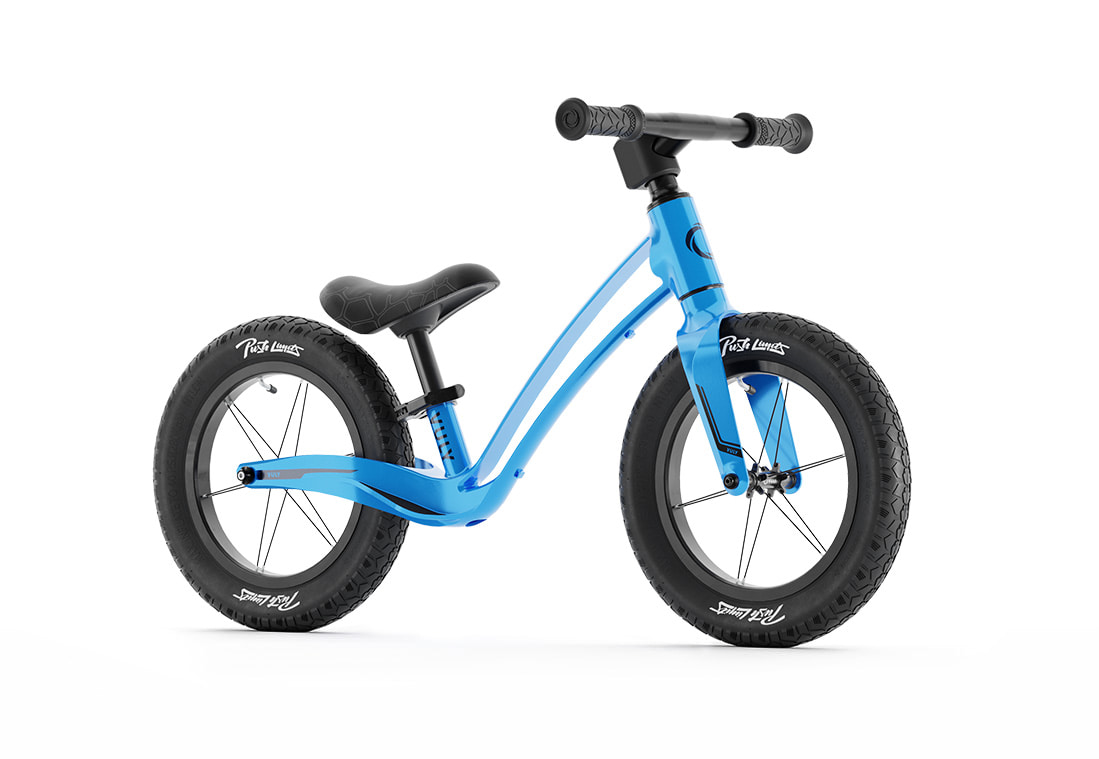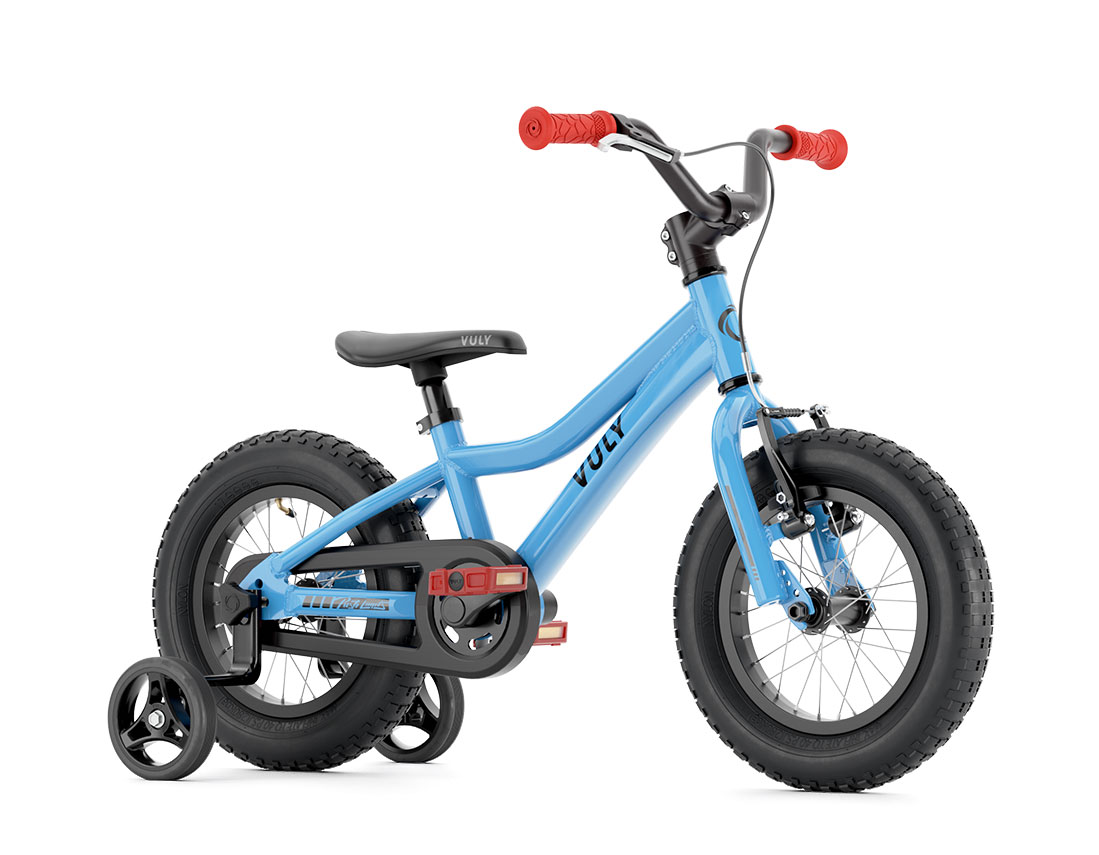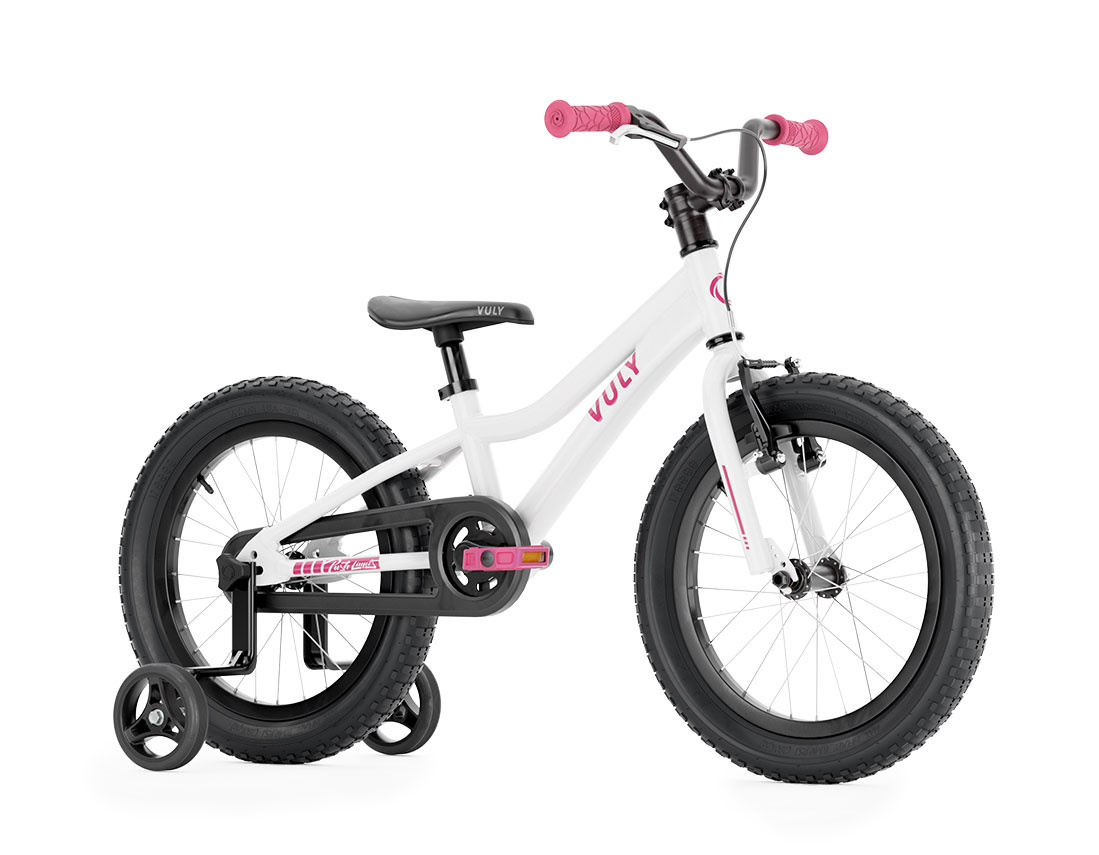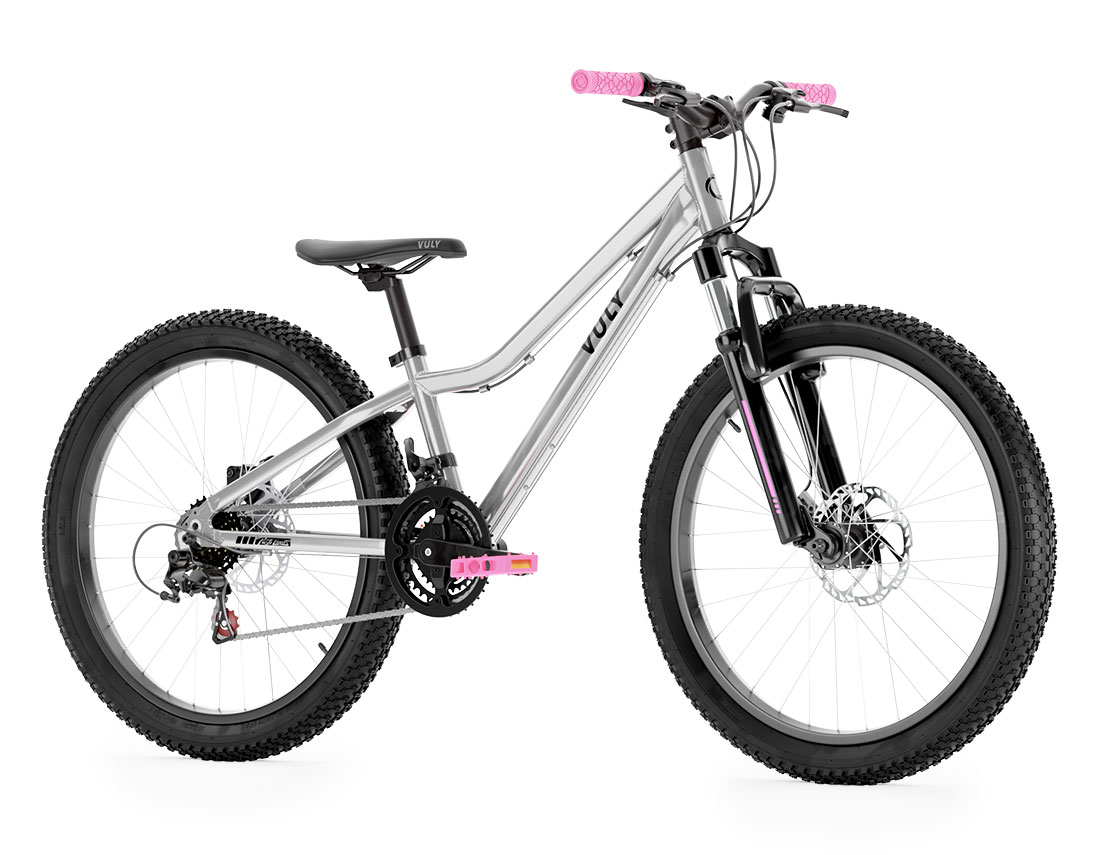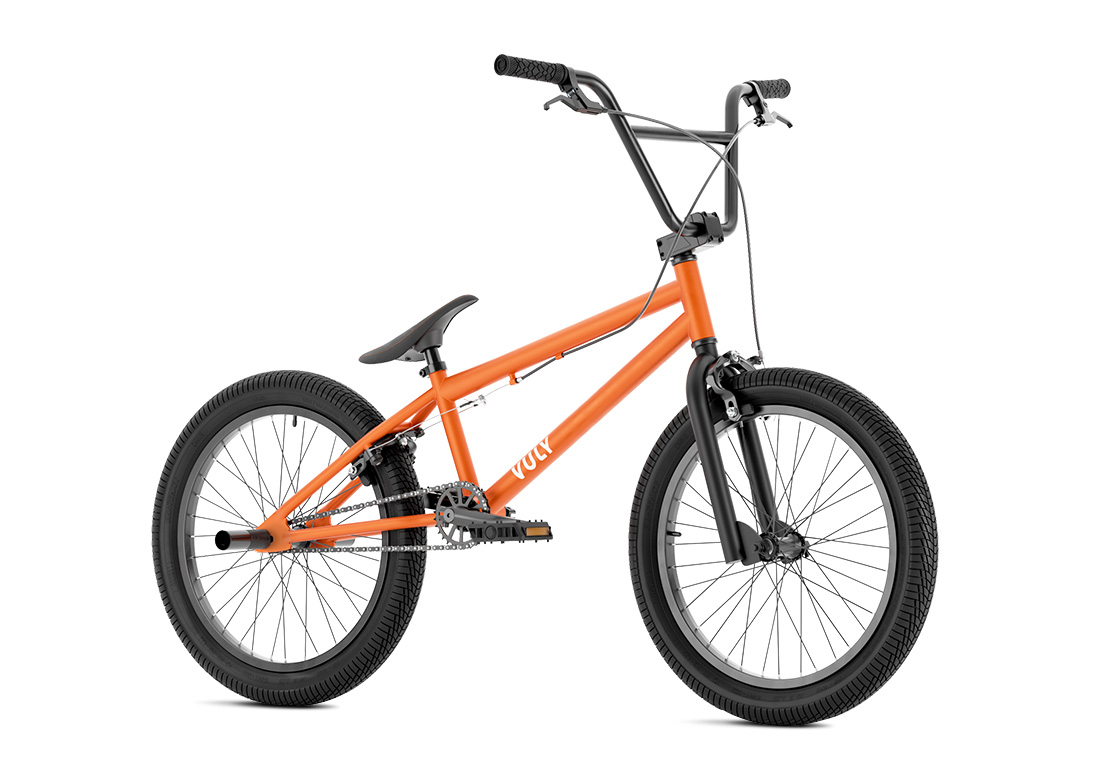Due to the high stakes of mountain trails, mountain bike tire pressure is crucial. Typical mountain bike psi ranges from 22psi (1.5 bar) to 35psi (2.4 bar), with the rear wheel maintaining a slightly higher pressure. The exact number depends on a multitude of factors including rider weight, terrain, and preference.

Mountain Bike Psi And Speed
Generally, soft tires are associated with slower rolling speeds. On mountain bike trails this is far from the truth. The reality is, harder tires are not able to properly grip the track, and instead tend to bounce. The lack of friction and time that hard tires spend off the ground can significantly reduce a rider’s speed, especially when using lower gear ranges. The best mountain bikes don't always have the highest tire pressure.
Softer tires are able to sink and roll over uneven terrain, keeping better traction of the course. This more than makes up for the lower maximum rolling speed. If the tires are too soft - under 20 psi, they will begin to drag, which will ultimately make them catch the surface too much. This excess of friction will ultimately make the rider very slow. The wheel rims will also begin to take unnecessary impact damage.
Tyre Pressure Guide For Beginners
Note 1: Reduce pressure by around 2-4 psi on tubeless setups.
Note 2: Configure your bike such that the rear tire pressure is 1-2 psi more than the front tire.
Note 3: Use pump gauges only as a rough guide, as they tend not to be the most accurate.
If you need a more detailed breakdown of your tire pressure, you can find it at the Pressure Prof tire pressure calculator.

Bike Wheel Pressure For Heavy Riders
The heavier the rider, the more air pressure they will need. Ultimately you will want to stick to a high psi. Generally, guys and girls weighing over 90Kg would likely want at least 25psi in most tires. It’s also possible to buy specialised heavier and sturdier tires for MTB’s, which would allow a lower psi to be used. This may be a good option if you still want the same grip of a lower pressure tire while not sinking into the tires too much.
Hardtail Mountain Bike Vs Full Suspension Mountain Bike Tire Pressure
Hardtail mountain bikes lack rear suspension, and so it’s necessary to have slightly more psi in the rear wheel for comfortable riding. Good hardtail mountain bike riders will learn to be efficient with the way they ride, minimising rear tire impact as much as possible. In full suspension bikes, the suspension can take some of the pressure off the rider and so it’s not necessary to have as much psi in the rear tire.

Psi And Trail Terrain
Generally the harder and smoother the trail the more psi you want. This will allow you to go faster. Rougher mountain bike trails with lots of hills will benefit from softer, lower psi tires as these will allow the bike to grip the surface better and will make for a more comfortable ride. The tires won’t bounce so much and you’ll have a better and more controlled riding experience.
Check Tire Pressure Regularly
All bike tires leak air, even properly set up tubeless tires. Typical drops are a few psi per week, but drops can be more dramatic depending on use and environmental factors. For instance, for every 10 degrees Celsius drop in temperature, a tire’s pressure will reduce by 2% due to the air inside exerting less pressure on the wall of the tire. By checking your mountain bike tires regularly, you can avoid any unexpected surprises and tire punctures. When you do pump the tires, never go over the manufacturer’s maximum pressure!



















































